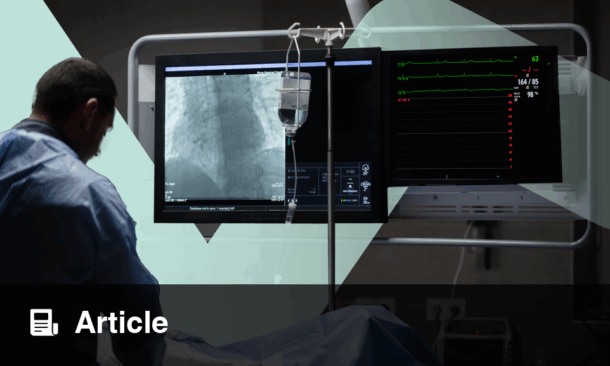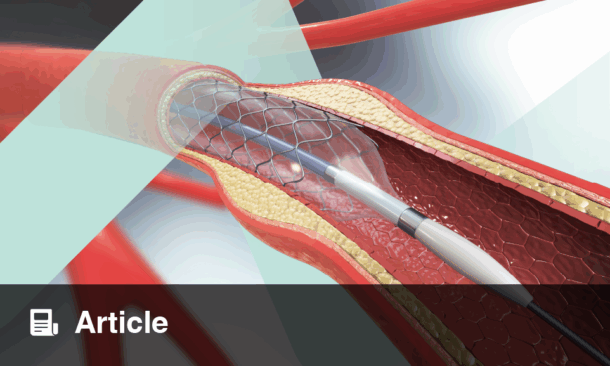INTRAVASCULAR imaging (IVI) has increasingly gained attention as a tool to enhance the precision of percutaneous coronary intervention (PCI), especially in complex coronary lesions. Bifurcation lesions and unprotected left main disease represent particularly challenging anatomies where procedural success can have major prognostic implications. The use of IVI, incorporating technologies such as intravascular ultrasound and optical coherence tomography, may optimise stent placement and expansion beyond what angiography alone can provide. A recent meta-analysis of randomised controlled trials has demonstrated a significant clinical benefit of IVI guidance in these high-risk patient subsets.
The meta-analysis included data from seven randomised clinical trials comparing IVI guidance with conventional angiography guidance during PCI in patients with bifurcation lesions (n=2,494) and unprotected left main lesions (n=1,107). Study selection was performed using systematic searches of PubMed and the Cochrane Central Register of Controlled Trials. Two independent reviewers extracted the relevant data. Risk ratios (RRs) were pooled using a random-effects model with inverse variance weighting. The primary endpoint assessed was target vessel failure (TVF), with results reported using 95% CIs calculated by the modified Knapp-Hartung-Sidik-Jonkman method.
IVI-guided PCI was associated with a significantly lower risk of TVF compared with angiography-guided PCI. In patients with bifurcation lesions, the relative risk of TVF was reduced by 30% (relative risk [RR]: 0.70; 95% CI: 0.53–0.92), with a number needed to treat (NNT) of 27. In the unprotected left main group, the reduction was even more pronounced, with a 45% relative risk reduction (RR: 0.55; 95% CI: 0.36–0.84) and a favourable NNT of 11.
These findings support the routine use of IVI guidance in PCI for bifurcation and unprotected left main lesions, particularly given the robust reductions in adverse outcomes. However, some limitations merit consideration. The included trials varied in follow-up duration (12 to 36 months) and imaging modality, and the overall sample size remains modest. Furthermore, the analysis did not stratify outcomes by lesion complexity or operator expertise. Nonetheless, this evidence strengthens the argument for broader adoption of IVI in complex PCI, with implications for guidelines and clinical training.
Reference
Zito A et al. Intravascular imaging for percutaneous coronary intervention on bifurcation and unprotected left main lesions: a systematic review and meta-analysis. Open Heart. 2025;DOI: 10.1136/openhrt-2024-003026.








